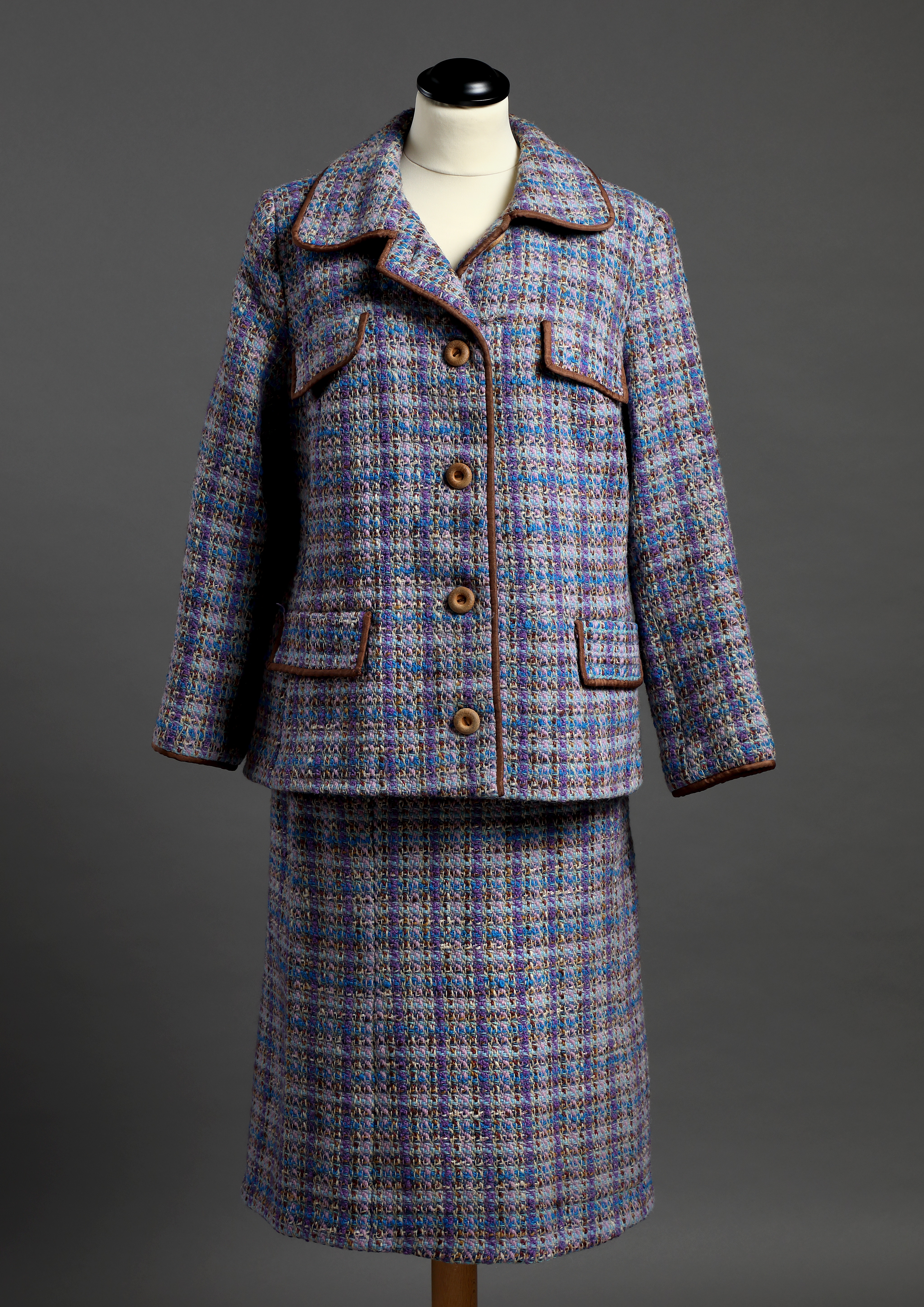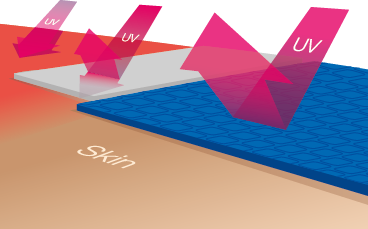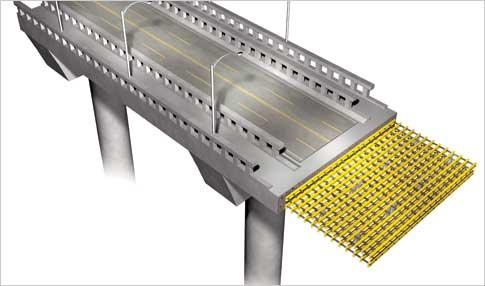- Nositelj kolegija: Martina Glogar
- Nositelj kolegija: Kristina Krulić Himmelreich
- Nositelj kolegija: Mirna Rodić
- Nositelj kolegija: Kristina Krulić Himmelreich
- Nositelj kolegija: Mirna Rodić
- Nositelj kolegija: Ivana Salopek Čubrić
- Nositelj kolegija: Sandra Bischof
- Nositelj kolegija: Branka Vojnović
- Nositelj kolegija: Darko Ujević

The introduction and historical overview of historical artefacts
analysis methods. Managing clothing artefacts from their discovery to
the conservation institute. Documenting clothing artefacts: category,
typology and attribution. Use of archival data and historical analysis.
The methods of analysis are applied through exercises on examples of
clothing artefacts of different stylistic periods. The interpretations
of the results are based on an inter-disciplinary approach. The course
specifically discusses problems derived from comparative analysis.
Comprehensive analysis covering the content of the artefacts, its
historical and present-day reception.
- Nositelj kolegija: Katarina Nina Simončič
- Nositelj kolegija: Tanja Pušić
- Nositelj kolegija: Sandra Bischof
- Nositelj kolegija: Tanja Pušić
- Nositelj kolegija: Anita Tarbuk
Ergonomija radnih procesa odjevnih tehnologija / Working Processes Ergonomy of Clothing Technologies
- Nositelj kolegija: Zvonko Dragčević
- Nositelj kolegija: Anica Hursa Šajatović
- Nositelj kolegija: Dubravko Rogale
- Nositelj kolegija: Tomislav Rolich
- Nositelj kolegija: Vesna Marija Potočić Matković
- Nositelj kolegija: Ljiljana Venier
- Izvođač kolegija: Snježana Firšt Rogale
- Nositelj kolegija: Jelka Geršak
- Nositelj kolegija: Gordana Pavlović
- Nositelj kolegija: Branka Vojnović
- Nositelj kolegija: Sandra Bischof
- Nositelj kolegija: Sandra Flinčec Grgac
Mjerne metode i analiza procesnih parametara/ Measurement methods and analysis of process parameters
- Nositelj kolegija: Dubravko Rogale
- Nositelj kolegija: Karlo Lelas

- Nositelj kolegija: Ana Sutlović
- Nositelj kolegija: Stana Kovačević
- Nositelj kolegija: Ivana Schwarz

The introduction and historical overview of historical artefacts
analysis methods. Managing clothing artefacts from their discovery to
the conservation institute. Documenting clothing artefacts: category,
typology and attribution. Use of archival data and historical analysis.
The methods of analysis are applied through exercises on examples of
clothing artefacts of different stylistic periods. The interpretations
of the results are based on an inter-disciplinary approach. The course
specifically discusses problems derived from comparative analysis.
Comprehensive analysis covering the content of the artefacts, its
historical and present-day reception.
- Nositelj kolegija: Katarina Nina Simončič
The aim of the course
Theoretical knowledge about the possibilities of applying new plasma technologies in the modification of textile materials. Practical knowledge in working with low-pressure and atmospheric plasma systems for targeted treatments of textile materials. The competence and ability of independent action by applying low-temperature plasma technology in textile and other industries.
- Nositelj kolegija: Sanja Ercegović Ražić
- Nositelj kolegija: Vesna Marija Potočić Matković
- Nositelj kolegija: Zenun Skenderi
- Nositelj kolegija: Željko Penava
- Nositelj kolegija: Tomislav Rolich
- Izvođač kolegija: Daniel Domović
- Nositelj kolegija: Goran Hudec
- Nositelj kolegija: Budimir Mijović
- Nositelj kolegija: Darko Ujević

The aim of the course is that the students acquire practical and theoretical knowledge of designing nonwoven fabrics used in different fields.
The chapter to be emphasized are the following: The types and fields of usage of nonwoven fabric. Raw materials for nonwoven fabric manufacturing. The basic functions of nonwoven fabric. Manufacturing technologies of nonwoven fabrics. Isotropic and unisotropic structures of nonwoven fabric. Structures and technical-technological parameters of webs made by mechanical, aerodynamical as well as spunbond web forming processes. Methods of web bonding. Composite structures based on nonwoven fabrics.
- Nositelj kolegija: Dragana Kopitar
- Nositelj kolegija: Zenun Skenderi
- Nositelj kolegija: Mario Cetina
- Nositelj kolegija: Maja Somogyi Škoc

- Nositelj kolegija: Antoneta Tomljenović
- Nositelj kolegija: Vesna Marija Potočić Matković
- Nositelj kolegija: Stana Kovačević
- Nositelj kolegija: Darko Ujević
- Nositelj kolegija: Snježana Firšt Rogale
- Nositelj kolegija: Slavica Bogović
The aim of the course
Scientific knowledge of the comfort phenomenon and comfort mechanism, their factors and elements. Knowledge of contemporary trends in the development of test methods and the evaluation of the possibility of complex and not easily measurable textile performances, such as clothing comfort.
- Nositelj kolegija: Sanja Ercegović Ražić
- Nositelj kolegija: Goran Čubrić
- Nositelj kolegija: Ružica Brunšek
- Nositelj kolegija: Edita Vujasinović

- Nositelj kolegija: Edita Vujasinović

